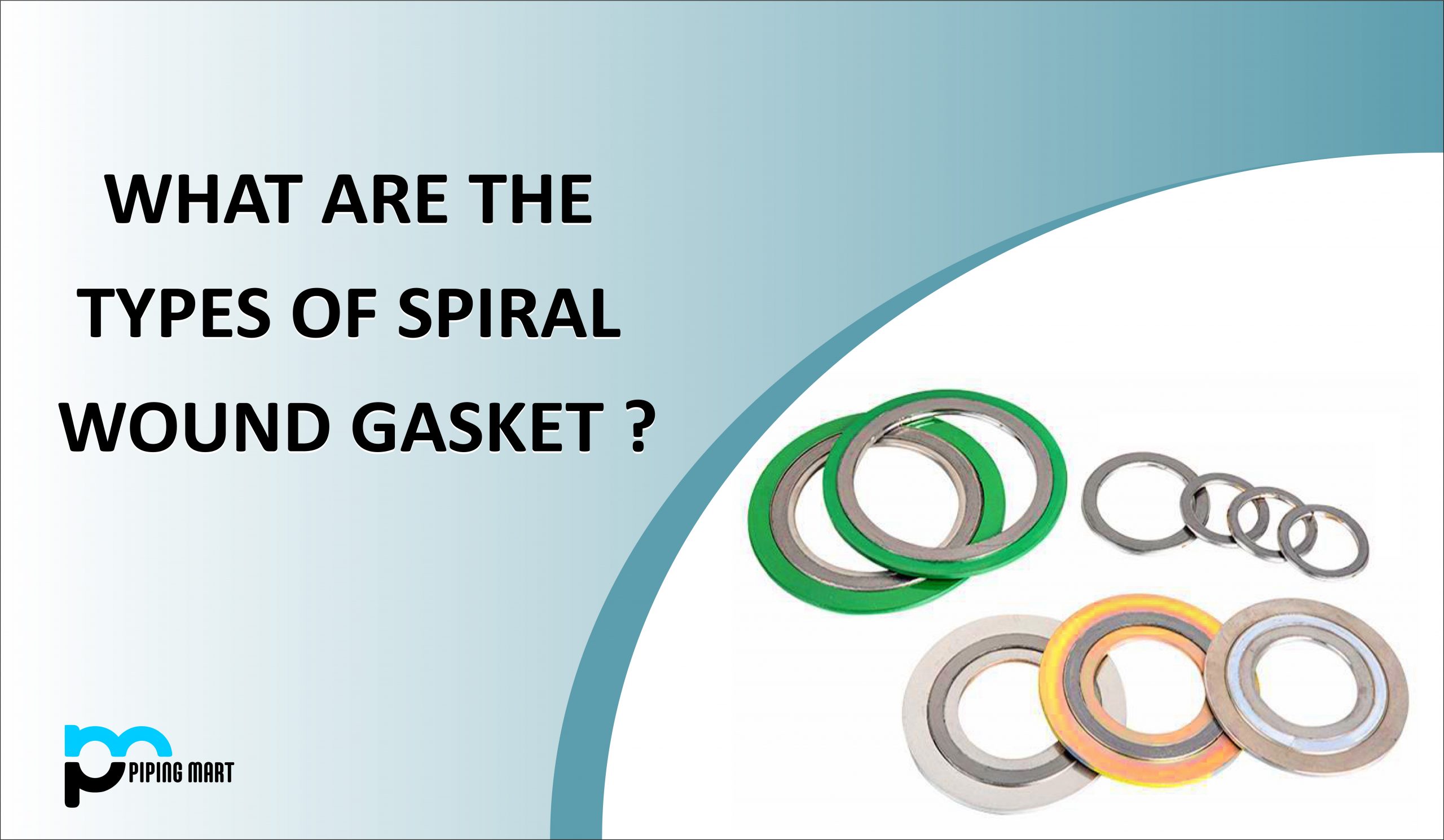Bushings are an essential component of many mechanical systems. They reduce friction between moving parts, support loads and minimize wear and tear on expensive equipment. They can be found in almost every automotive, aerospace, energy, and manufacturing industry. The functionality of each bushing type varies depending on the load and the type of movement required. In this post, we will discuss the main types of bushing and their uses in mechanical systems.
Plain Bearings:
A plain bearing is a simple type of bushing comprising a metal sleeve with a lubricant layer. The lubricant is added to reduce friction between the bearing and the shaft. These bearings are commonly used in electric motors, pumps, and compressors. One advantage of plain bushings is that they are self-lubricating and require little maintenance. However, they tend to generate high noise and vibration levels, making them unsuitable for sensitive applications.
Rolling Element Bearings:
Rolling element bearings are another bushing commonly used in mechanical systems. They typically feature different sets of balls or rollers separated by a cage. The rolling elements distribute the load more evenly across the bearing surface, thus reducing friction. These bushings are commonly found in industrial gearboxes, large wind turbines, and heavy equipment. The advantages of rolling element bearings are low friction, high efficiency, and the ability to handle high radial loads.
Thrust Bearings:
Thrust bearings are designed to withstand direct axial loads. They are typically used in automotive transmissions, hydraulic systems, and aircraft engines. One example of a thrust bearing is a ball thrust bearing, which consists of a series of balls that run along the axial direction. Thrust bearings come in various designs, including cylindrical, conical, spherical, and tapered. The main advantage of thrust bearings is their ability to support heavy axial loads while maintaining low friction.
Linear Bushings:
Linear bearings, also known as linear bushings, have become increasingly popular due to their versatility and accuracy. They consist of a bearing block, a linear rail, and a carriage that moves along the rail. These bearings are commonly used in robotics, machine tools, and linear actuators. The advantages of linear bushings include high precision, smooth operation, and the ability to handle high loads.
Flanged Bushings:
Flanged bushings are used in applications where the bushing needs to be secured axially. They are commonly used in industrial applications where the shaft moves in only one direction. These bushings can be made of various materials, such as plastic, copper, and steel. The main advantage of flanged bushings is that they can be mounted horizontally or vertically, providing additional support to the shaft.
Conclusion:
In conclusion, understanding the different bushing types is essential for proper selection and installation. Choosing the right bushing will make your mechanical systems work more efficiently and last longer. Consider factors such as load, speed, and the environment when selecting a bushing. You can minimize friction, noise, vibration, and wear and tear with the right bushing type. Choose wisely!

Abhishek is a seasoned blogger and industry expert, sharing his insights and knowledge on various topics. With his research, Abhishek offers valuable insights and tips for professionals and enthusiasts. Follow him for expert advice on the latest trends and developments in the metal industry.




